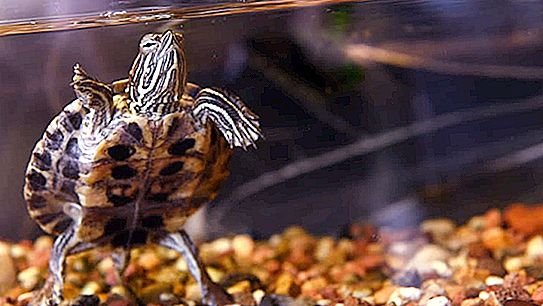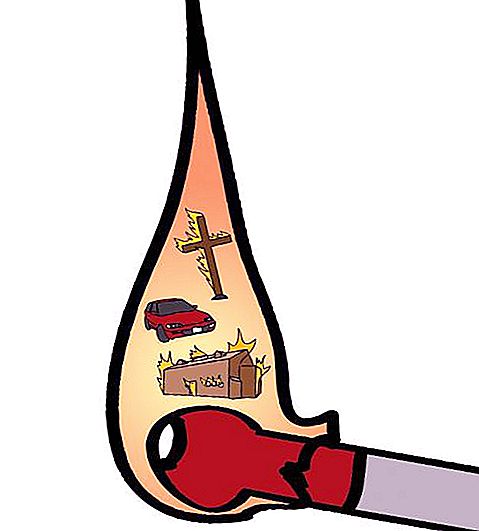Comparative statistics of the level of precipitation in our country and in the world as a whole shows that we have less rains and snow and their intensity is lower than in many other regions of the globe. Nevertheless, even in spite of this, the water resources of Russia in terms of volume are in one of the first places in the world. This is primarily due to the fact that our country occupies a vast territory, the area of which is at least fifteen percent of the entire land surface on the planet. The water resources of Russia are, first of all, numerous rivers crossing the territory of the country, as well as groundwater, no less numerous lakes and glaciers.
Distribution of precipitation by climate zones
Our country includes several climatic zones in which the amount of precipitation per year can vary greatly. Zones with excess moisture are mostly located in the north. There, the rainfall reaches 700 mm per year, which significantly exceeds the natural amount of moisture evaporation from the surface. Many of these areas require drainage procedures. Areas with sufficient moisture are in equilibrium between the amount of precipitation and evaporation. This is approximately 500-600 mm during the year. Such areas are usually occupied by forests and steppes.
Areas with unstable moisture, in contrast, receive too little rainfall to compensate for the high level of moisture evaporation from the soil. These are mainly the southern regions of the country. The level of precipitation here ranges from 300 to 500 mm per year. At the same time, the zones of unstable humidification in our country are much better populated and developed than the rest. Unfortunately, most of the territories suitable for agriculture are located in precisely such zones. Therefore, they require additional irrigation.
Surface water resources of Russia
In our country, rivers have always historically played a huge role. In the past, it was their location that largely depended on the resettlement of people and trade. The whole of Russia is covered by a wide network of rivers, of which about 120 thousand are over ten kilometers long. On the territory of many of them, voluminous artificial reservoirs were created, with some surpassing large lakes in the area occupied by them.
Swamps are an equally important element, without which Russia's water resources will become much poorer. They are located in areas with excessive moisture and permafrost, where they can occupy up to half of the entire territory (Western Siberia). Wetlands are a kind of natural moisture accumulator. In addition, they play a huge role in the hydrological regulation of territories and stabilize the climate, and are also the main source of peat. Many of the large swamps are currently under protection.
Another important element that forms part of our country's water resources is lakes. More than 2 million of them are scattered throughout Russia. The role of lakes is difficult to overestimate, since they contain more than half of all the fresh water available to us. The largest of the lakes is Baikal: it contains 95 percent of all lake water. This is followed by Onega, Ladoga Lake, Ilmen and Taimyr.
A quarter of all fresh water reserves in the country are glaciers.
Groundwater of Russia
But water resources are located not only on the surface. There are other sources of water, among which an important role is played by underground. These are Russia's unique natural resources, well protected from pollution due to its location. Among the underground waters there are also healing mineral springs formed as a result of exceeding a number of compounds and mineral salts in them. In total, more than 300 of them are known in our country. Most of them are located in the European part.
In addition, the territory of our country is washed by the waters of 12 seas. Among them, the Barents and Japanese are of the greatest commercial importance. Others are widely used as recreational areas and for international shipping. The shelf of the Atlantic seas contains potential oil and gas deposits.





